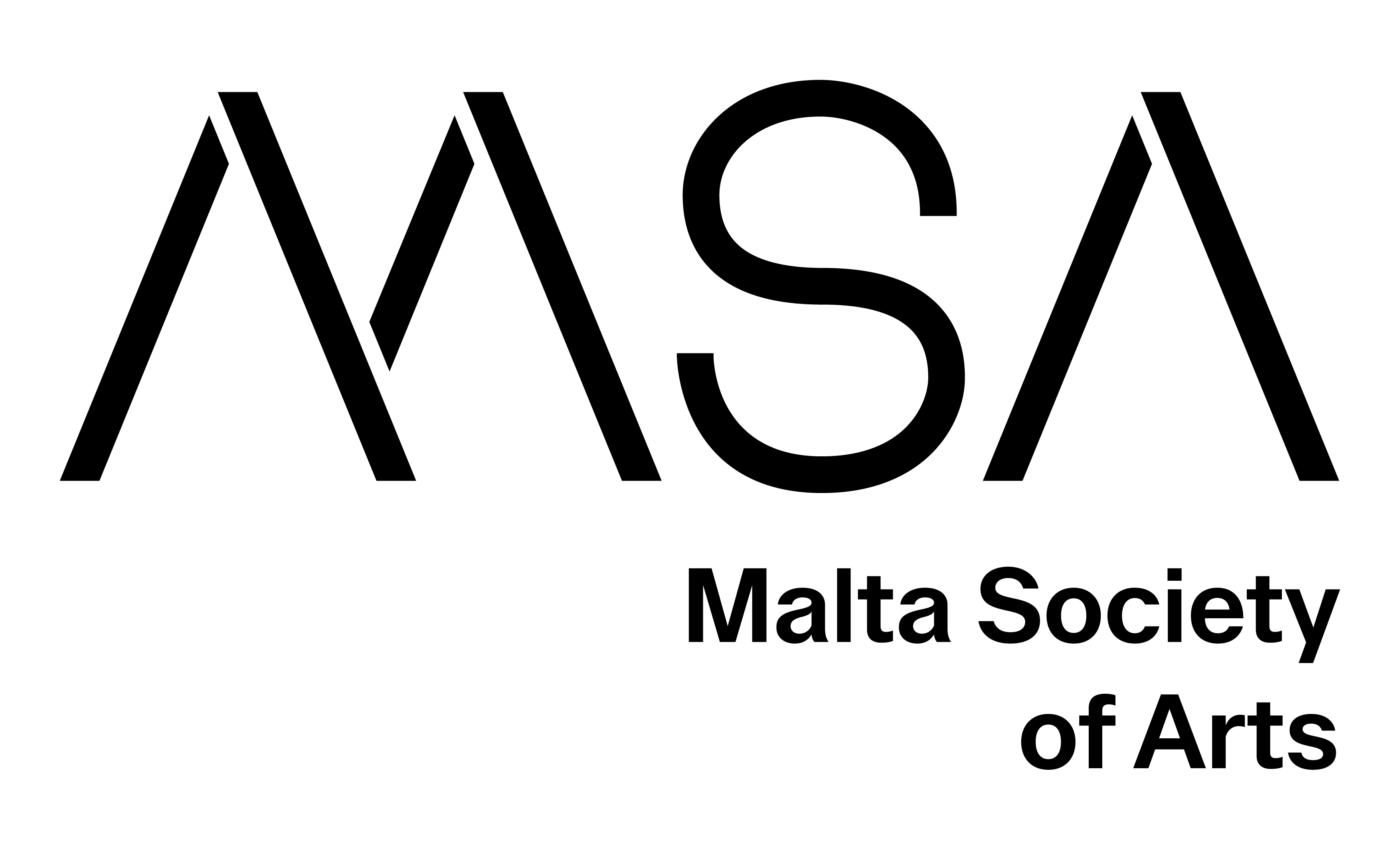In recent years, some plants scientists have become increasingly convinced that plants are sentient organisms, perceiving the world in ways that thoroughly confound human-centred notions of intelligence. Such findings have profound implications for the creative arts, not least architecture, where biomimicry has, since the 1990s, tended to reify natural forms (and particularly plants) as no more than structural or formal inspirations for human-centred building.
This paper aims to challenge this reductive reading by taking perhaps the most insubstantial part of a flowering plant - its pollen - to interrogate the relationship between design and the vegetal. It does so by establishing correspondences between plant science and architecture, and also between building practice and the speculations of science fiction. It first considers the evolution of the class of flowering plants known as angiosperms and the role played by pollen in their unique process of sexual reproduction that has proved of great evolutionary advantage in terms of their diversity. It then focuses on the morphology of pollen itself, namely the ways in which individual grains - only around 40 µm in diameter - exhibit extraordinary diversity in their nano-architectures. Although the morphology of pollen bears a striking similarity to another group of tiny organisms - Radiolaria - pollen has not been readily acknowledged by architects as a source of design inspiration.
Part of the reason for this might relate to negative perceptions of pollen, namely as a source of allergic disease. The second part of the paper considers human defence mechanisms against pollen, most commonly manifest in responses to hay fever. It asks how architecture has been employed as an agent within histories of hay fever, referring to the work of Gregg Mitman, before using the speculative architectures of 'Blade Runner 2049' to flag up a central paradox in response to allergies, namely confinement and sterilisation, which, over time, have only tended to exacerbate allergic conditions. The paper then takes two science-fiction scenarios - Jeff Noon’s 1995 novel 'Pollen' and Jessica Hausner’s 2019 film 'Little Joe' - to explore the imagination of pollen as a powerful agent of human transformation, albeit a highly ambivalent one encapsulates a disquieting mix of liberation and enslavement.
Taken as a whole, the paper’s focus on pollen is an attempt to broaden conventional understandings of biomimicry in architecture, where nature is almost always instrumentalized by humans. Bringing together science and architectural practice, as well as practice and speculation, opens up richer, if often more unsettling, ways of conceiving the relationship between human building and the natural environment.
References
'Blade Runner 2049' (Denis Villeneuve, 2017)
'Little Joe' (Jessica Hausner, 2019)
Mitman, Gregg, 'Breathing Space: How Allergies Shape Our Lives and Landscapes' (London and New York, 2007)
Noon, Jeff, 'Pollen' (London, 1995)
Paul Dobraszczyk is an architectural writer, photographer and artist based in Manchester, UK. A lecturer at the Bartlett School of Architecture in London, Dobraszczyk is currently completing a book Botanical Architecture, to be published by Reaktion in 2024; and developing new research and writing on the relationship between geology and architecture. Paul Dobraszczyk's writing and research covers architecture and cities since the 19th century, with particular interests in ecology, self-building, Manchester, urban futures, underground spaces and ruins, print culture, and industrial architecture. Author of: Animal Architecture: Beasts, Buildings and Us (Reaktion, 2023); Architecture and Anarchism: Building Without Authority (Paul Holberton, 2021); Future Cities: Architecture & the Imagination (Reaktion, 2019); The Dead City: Urban Ruins & the Spectacle of Decay (IB Tauris, 2017); Iron, Ornament & Architecture in Victorian Britain (Ashgate, 2014); London's Sewers (Shire, 2014); and Into the Belly of the Beast: Exploring London's Victorian Sewers (Spire, 2009). Co-editor of: Manchester: Something Rich & Strange (Manchester University Press, 2020); Global Undergrounds: Exploring Cities Within (Reaktion, 2016); and Function & Fantasy: Iron Architecture in the Long Nineteenth Century (Routledge, 2016).
Back







